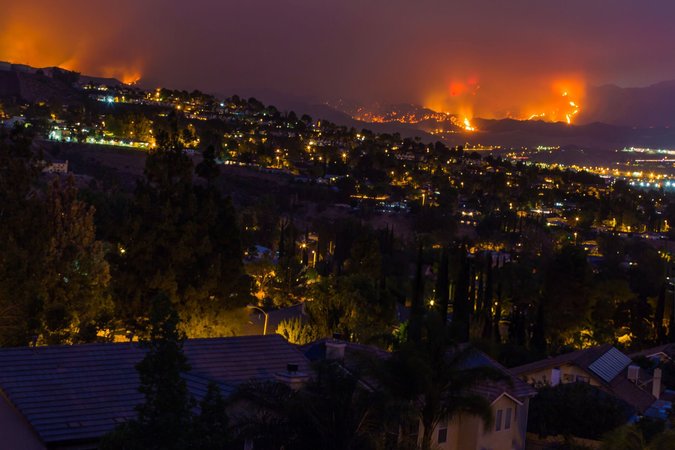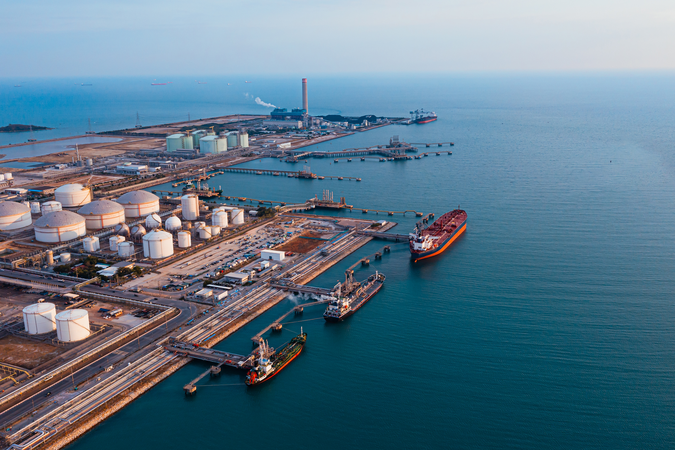Monitoring and Enforcement: Is Two-Tier Regulation Robust?
DownloadThe regulation of industrial pollution is clearly difficult in a rapidly industrializing, low-income setting. In addition to the general lack of resources for monitoring and enforcement, authorities must deal with the asymmetric nature of the information and multiple nonpoint sources of pollution. In this study we look at efforts to regulate chemical plants in Ankleshwar, in the Indian state of Gujarat. The plants are located in an industrial estate, which provides interesting preconditions for a form of two-tier regulation, in which an industry association becomes an intermediary between the government and individual firms: it monitors its members’ pollution and promotes compliance with the government’s environmental regulations. The Indian agency responsible for environmental protection cannot effectively control the many small individual plants within such estates. The local industry association is much better informed and has an incentive to regulate its members to maintain a good reputation but does not possess much formal authority, and its voluntary monitoring and abatement program is akin to managing a common property resource. We study four preconditions for the success of such management: suitable design principles, effective monitoring, objective implementation of rules, and enforcement. We show that these conditions are satisfied at least to some extent in Ankleshwar and that the fines decrease pollution.





